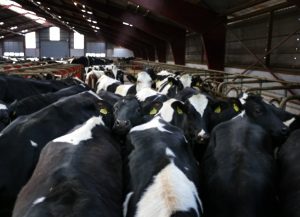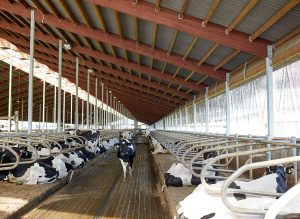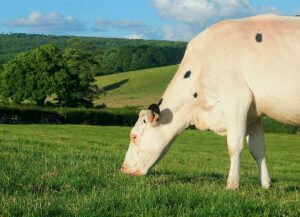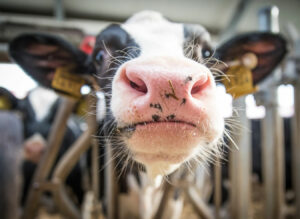María Villagrasa & Nuria García
Circadian rhythms are the mechanism that allows animals to anticipate and adapt to seasonal changes in their environment before they occur. The primary synchronizer of annual rhythms is the change in photoperiod throughout the year.
With regards to dairy cattle, animals also show seasonal changes in milk production, so knowing the factors acting on the rate of annual milk production would allow producers to more accurately predict the producing potential of their herd and better evaluate management strategies.
In addition, determining the relationships between rhythms and environmental indicators can help identify the possible physiological mechanisms responsible for generating these rhythms.
A study conducted at Pennsylvania State University (Salfer et al., 2020) aimed to characterize annual milk production rates, as well as the production of protein and milk fat from herds in four regions of the US; the hypothesis was that annual milk production rates would vary by latitude, and that the length of the day would serve as a better predictor than temperature variation.
Monthly records were obtained from January 2004 to October 2016 from the Dairy Records Management Systems (DRMS) for all herds available in Florida, Texas, Pennsylvania and Minnesota. Records included average yields of milk, and milk fat and protein, as well as the concentration of fat and protein.
Relationship between annual rhythm and milk production
Milk production and fat and protein concentration showed an annual rate in the four states analyzed: milk production peak occurred near the spring equinox, which corresponds to the time of year when the daily change in the photoperiod increases more rapidly, while fat and protein concentrations peaked around the beginning of winter when the duration of the day is shorter.
It was also studied whether there was a relationship between breed and annual rhythm. It was observed that the four breeds examined showed annual milk production rates with few differences between them, probably because they were all from the subspecies Bos taurus taurus, which are relatively similar from a genetic standpoint.
Another element that was also analyzed was the influence of thermal stress, a factor that is often related to the seasonal reduction of milk production. However, this study found that milk, protein and fat production was better related to the annual rhythm than the maximum temperature in all the states examined.
In addition, the annual rhythm served to better predict fat and protein concentrations in Pennsylvania, Minnesota and Texas. In Florida however, fat and protein concentrations were better suited to the maximum temperature model. This may be because cows in that state have a lower annual amplitude of rhythms (the number of highs and lows of the average) than in other states and variability in ambient temperature may have a greater influence on production.
Conclusions
- The results indicate that milk production shows an annual rate that is affected by the region of the US where the herd is located, so that there was a greater annual variation in milk, fat and protein production in the southern states.
- An annual rate is better adjusted to the data than changes in ambient temperature to explain the results obtained in all states except for fat and protein concentrations in Florida, which showed lower amplitude seasonal rhythms, and are better suited to the temperature model.
- The annual rate of milk production appears to be regulated by the change in the day duration, and absolute photoperiod is the main signal that synchronizes the annual concentration rates of milk fats and proteins.
- These annual rhythms may be driven by endogenous annual circadian oscillators.
Considering these results, the authors state that fluctuations in milk production and composition may be driven primarily by photoperiod and that knowing more accurately the circadian rhythms of the herd would be beneficial as it would allow producers to better assess the effectiveness of management strategies.
Reference
Salfer, J., Bartell, P. A., Dechow, C. D., Harvatine, K. J. 2020. Annual rhythms of milk synthesis in dairy herds in 4 regions of the United States and their relationships to environmental indicators. J. Dairy Sci. 103:3696–3707.
© 2021 Dairy Research Review. All Rights Reserved.









